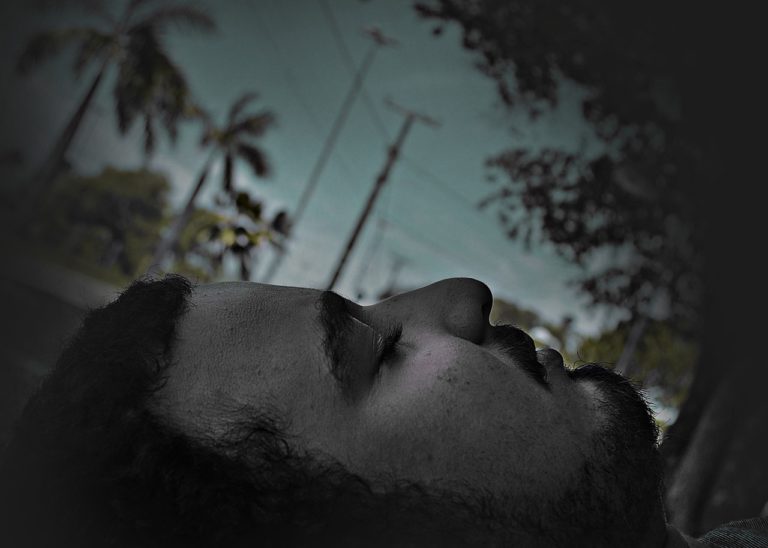If you struggle with sleeping, it’s likely you keep a sharp eye out for new insomnia remedies. From complicated breathing techniques to wearing cold socks to bed, social media is full of tips for better sleep. But the one we’re about to tell you about is possibly the most captivating of all. It’s called the ‘intentional paradox’ method.
What is a paradox?
A paradox is a statement, situation or scenario deliberately designed to appear contradictory or illogical. Here are some famous sayings that are based on a paradox:
- Wisdom is realising that you know so little.
- The more you seek approval from others, the less you will get it.
- You can only be brave when you are afraid.
- The more available you are to people, the less they will respect you.
- Nobody will love you if you don’t love yourself.
What is the intentional paradox method for going to sleep?
The intentional paradox method of fixing a sleeping problem involves actively trying to stay awake instead of attempting to fall asleep. By telling yourself that you must stay awake, you paradoxically reduce performance anxiety and the pressure to fall asleep – feelings that can often make insomnia worse. By trying to stay awake, you shift focus away from the stress of not sleeping. Eventually, this lack of stress leads to relaxation and drowsiness, which then leads to sleep.
The science behind the paradox
While the intentional paradox method may seem pretty weird, it’s rooted in solid scientific principles. Research has shown that trying too hard to fall asleep can actually hinder the process by increasing arousal levels. By paradoxically embracing wakefulness and distraction, you lower arousal levels and create the conditions for sleep to naturally occur.
Paradoxical intention is also used to treat fear and anxiety. Instead of trying to avoid situations or memories that cause these emotions, you confront and embrace them.
The concept of paradoxical intervention was pioneered by Austrian psychiatrist Viktor Frankl, a Holocaust survivor. In his clinical practice, Frankl noticed a cycle of anxiety among his clients. When confronted with fear, they typically attempted to evade it, only to later develop a fear of fear itself.
Paradoxical intention flips these expectations. Instead of avoidance, it suggests confronting the sources of worry, fear and anxiety head on.
How to fix chronic insomnia with the intentional paradox method
Throughout this process, a key element is the practice of radical acceptance. Instead of resisting the thoughts, feelings and sensations that arise, you welcome them with open arms. This paradoxical act of acceptance diminishes their power, paving the way for a peaceful transition into sleep.
- Embrace the paradox
The first step for using the intentional paradox method is to acknowledge the paradox that exists with the desire for sleep. The more you desperately crave sleep, the more elusive it becomes. By accepting this contradictory truth, you can free yourself from the grip of insomnia’s paradoxical cycle.
2. Surrender to wakefulness
When you’re lying in bed trying to go to sleep, stop trying. Actively embrace your racing thoughts and restlessness. By acknowledging and accepting your current state of alertness, you paradoxically pave the way for sleep to naturally follow.
3. Engage in mindful distraction
Once you’ve accepted wakefulness, the next step is to engage in mindful distraction. Rather than attempting to force your mind to quiet down, you purposefully direct your attention elsewhere. This could involve focusing on your breathing, doing a body scan, visualising a calming scene, reliving a holiday, practising mental arithmetic or reciting a mantra.
As you immerse yourself in mindful distraction, you simultaneously cultivate a state of relaxation. By letting go of tension and allowing yourself to sink into the present moment, you create the ideal conditions for sleep to emerge organically.
Give it a try tonight
In a world where sleep is often elusive, the intentional paradox method offers a refreshing alternative to natural sleep aids and prescription medicine. Instead of being fearful and anxious because you can’t go to sleep, surrender to the wakefulness, then divert your busy brain with mindful distraction.
The ultimate mattress for practising the paradoxical intention method of going to sleep is a really comfortable one. It means you won’t be distracted by pressure points while you’re embracing wakefulness and practising mindful distraction. Check out our guide to buying a new mattress.







